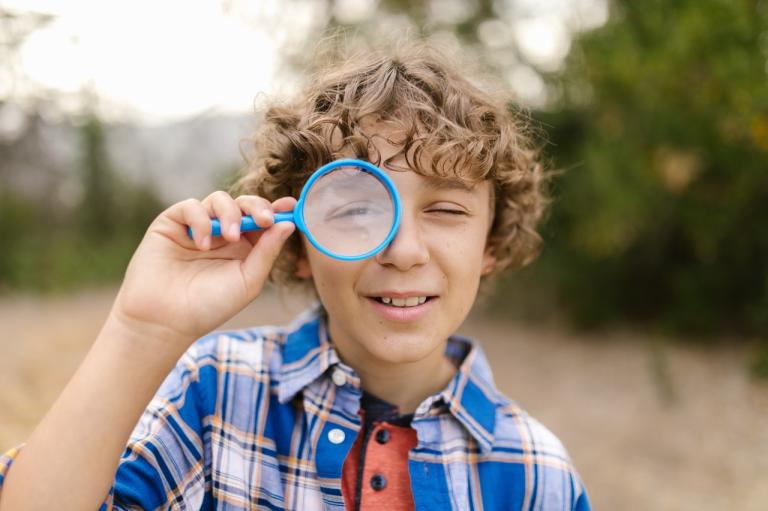
The Early Signs Eye Disease
As parents, we are often engaged with our lives to an extent that we may not pay enough attention to our child’s eye health. Vision and eye health are topics that may be overlooked but are extremely important to people of all ages.
According to studies, in the United States, around 6.8% of children under the age of 18 have a diagnosed eye or vision problem.
Eye-related issues such as watery eyes and poor vision have been on the rise among children as a result of the move to online schooling and increased screen time. To keep your child’s eyes healthy, keep an eye out for such indicators and follow medical advice.
In this post, we discuss a few signs you need to look out for if you think your child is suffering from vision problems and measures you can take to keep their vision and eyes healthy.
Squinting
This is one of the most prominent signs that parents are taught to look out for to know if their child is having vision problems. Squinting improves vision by altering the shape of the eye for a brief period of time.
Squinting helps eyesight improvement because it simulates looking through a small opening, thus improving focus. However, it strains your child’s eyes and is an important sign that your child needs an eye examination.
In such cases, the child’s teacher may also report their squinting of eyes to see the board and difficulty in taking notes and grasping things which may indicate that your child’s eyes have a refractive defect.
Astigmatism, hyperopia (farsightedness), myopia (nearsightedness) are among the common refractive defects seen in children.
Headaches and Teary Eyes
If your child has started complaining about headaches frequently, it may be a result of straining and overexerting their eyes to compensate for blurred vision. It is often a sign of a vision problem.
Excessive tearing up of eyes may also be an indicator of strained eyes, it may also be caused by an eye infection; to accurately identify what your child is going through, take them in for an eye exam so that an optometrist can do an exact assessment of their eyes and provide a recommendation for the best treatment option. A typical eye exam cost depends on your location and also would depend on how comprehensive it is.
Sitting Too Close to the Television Screen
Do you notice your kids sitting too close to the television screen and watching their favorite cartoon? Well, don’t confuse it with their craze for the show. This may indicate that they have far-sightedness and need prescription glasses.
And if your child has to hold objects closer than usual or approach them to see them, this may count as a sign too. Such signs are usually noticeable and may hint at failing eye health so you can take adequate steps priorly.
Rubbing eyes
Kids usually of the age group 3-8 years may excessively rub their eyes when experiencing eye problems. It could be due to eye fatigue or straining of the eyes.
In some cases, it may also be a sign of other microbial infections such as conjunctivitis for which your child needs to be examined by a medical practitioner.
Trouble Concentrating and Reading
If your child has vision problems, they may have difficulty concentrating and carrying out daily tasks. They may also have difficulty reading and keeping up with their classmates in school activities, which is often misconstrued as a lack of focus in schoolwork.
Pay attention to these signs and ask your child if he has difficulty looking at objects that are positioned at a distance if his academic performance is declining.
Measures to Keep Your Child’s Eyes Healthy
By now you might understand how important it is to look out for your child’s eye health. Make sure that you incorporate essential nutrients such as lutein and vitamin A in their diet to keep them healthy.
Green leafy vegetables like spinach and kale can boost their vision and fish like salmon and tuna can be a healthy addition to boost their overall health.
According to the American Academy of Paediatrics (AAP), young children should not engage on screen for more than 1 or 2 hours per day so it is important to monitor their screen time and ask them to take breaks of 30-45 minutes after reading, writing, or playing on the computer.
Most importantly, take your child to frequent eye checkups and book an appointment with your doctor if you notice any signs of vision problems.
The sooner an eye problem is identified, the sooner a proper treatment may be prescribed to ensure the good health of these little windows to the world.
Also Read
